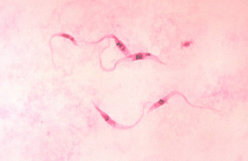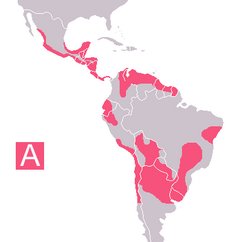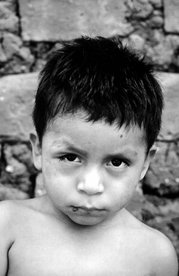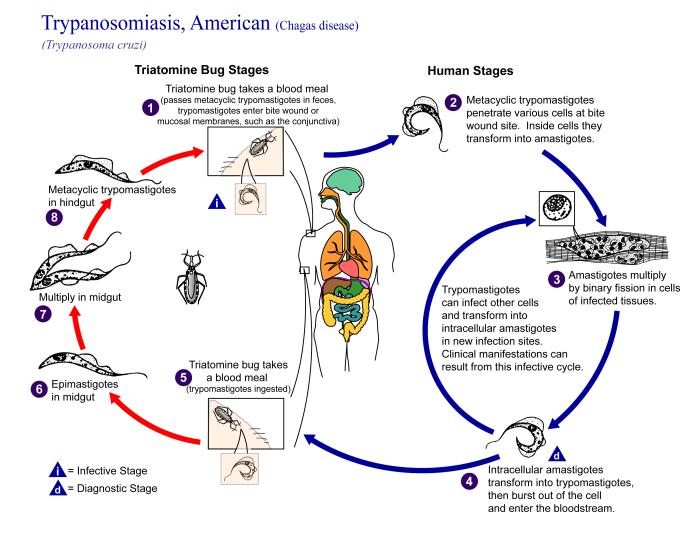John Agou is the kind of person you want to help. A Sudanese native who experienced the loss of his parents and much of his village to political violence, Agou was determined to make his way to the United States. He nourishes a dream to complete his education and return to Sudan to help his people.
Today, Agou holds a job as a medical laboratory technician, thanks in part to a scholarship program created by Dade Behring Inc. With the help of this scholarship, he now has his associate degree and is working part time while continuing his college education. He is just one of dozens of students supported by the program since its start in 2003. Originally conceived as a way to help labs deal with a growing labor shortage, the program is also making a significant contribution to students like Agou.
[ILLUSTRATION OMITTED]
Fewer students enter field
Over the past decade, fewer students have graduated from two-year medical laboratory technician (MLT) programs, four-year medical technology (MT) programs, and even master's programs every year, creating a serious shortage of laboratory professionals. With half the current laboratory workforce--about 590,000 technologists and technicians--eligible for retirement by 2010, the U.S. Bureau of Labor Statistics projects a need for 12,000 new laboratory professionals annually through 2010 in the United States alone.
Dade Behring has recognized the strong connection between scholarship opportunities and the ability to rebuild the professional workforce. Over a five-year period (through 2008), the company is investing $1.25 million in an international scholarship program, which includes awards throughout the world addressing a full range of educational needs, from two-year to four-year and advanced degrees in clinical laboratory science (CLS).
"We believe in the diagnostics industry and its critical role in overall healthcare," says Jim Reid-Anderson, the company's chairman and CEO, "and we are proud to play a role in building the laboratory professionals of the future. We are privileged to be able to make the cost of education more affordable for students in clinical programs."
Scholarships will help
In the United States, there are two scholarship programs designed to help students challenged by the increasing cost of college education. Dade Behring awards 50 $1,000 scholarships each year to students enrolled in Clinical and Laboratory Standards Institute (CLSI)-approved, two-year CLT/MLT technician programs. Baccalaureate program support is provided yearly through 34 $2,500 Emil von Behring scholarships for students enrolled in CLSI-approved four-year CLS/MT technologist programs. Dade Behring has engaged independent agencies to administer Emil von Behring scholarship programs around the world.
In the United States, the Coordinating Council on the Clinical Laboratory Workforce, or CCCLW, administers the two-year MLT/CLT scholarship program, while the American Society for Clinical Pathology, or ASCP, is supporting the Emil von Behring scholarship program for four-year MT/CLS students. Regional professional organizations and universities are administering international scholarship programs throughout Latin America, Germany, Spain, Italy, France, Canada, China, and the United Kingdom.
Interested students can find scholarship applications and directions on the Dade Behring website at www.dadebehring.com. For more information, contact Connie DuBois, director, Public Relations at conniedubois@dadebehring.com.
RELATED ARTICLE: Facts about Sudan
Location: Northern Africa, bordering the Red Sea, between Egypt and Eritrea
Capital: Khartoum
[ILLUSTRATION OMITTED]
Languages: Arabic (official); Nubian; Ta Bedawie; diverse dialects of Nilotic, Nilo-Hamitic, Sudanic languages; English
People: 40,187,486 (est. July 2005)
Population below poverty line: 40% (est. July 2004)
People living with HIV/AIDS: 400,000
Infant mortality rate: 70.84 deaths/1,000 live births (est. 1999)
Major infectious diseases: Bacterial and protozoal diarrhea, hepatitis A, and typhoid fever; malaria, dengue fever, African trypanosomiasis (sleeping sickness); schistosomiasis; meningococcal meningitis
Adapted from: www.sudan.net/fact.shtml
COPYRIGHT 2005 Nelson Publishing
COPYRIGHT 2005 Gale Group




